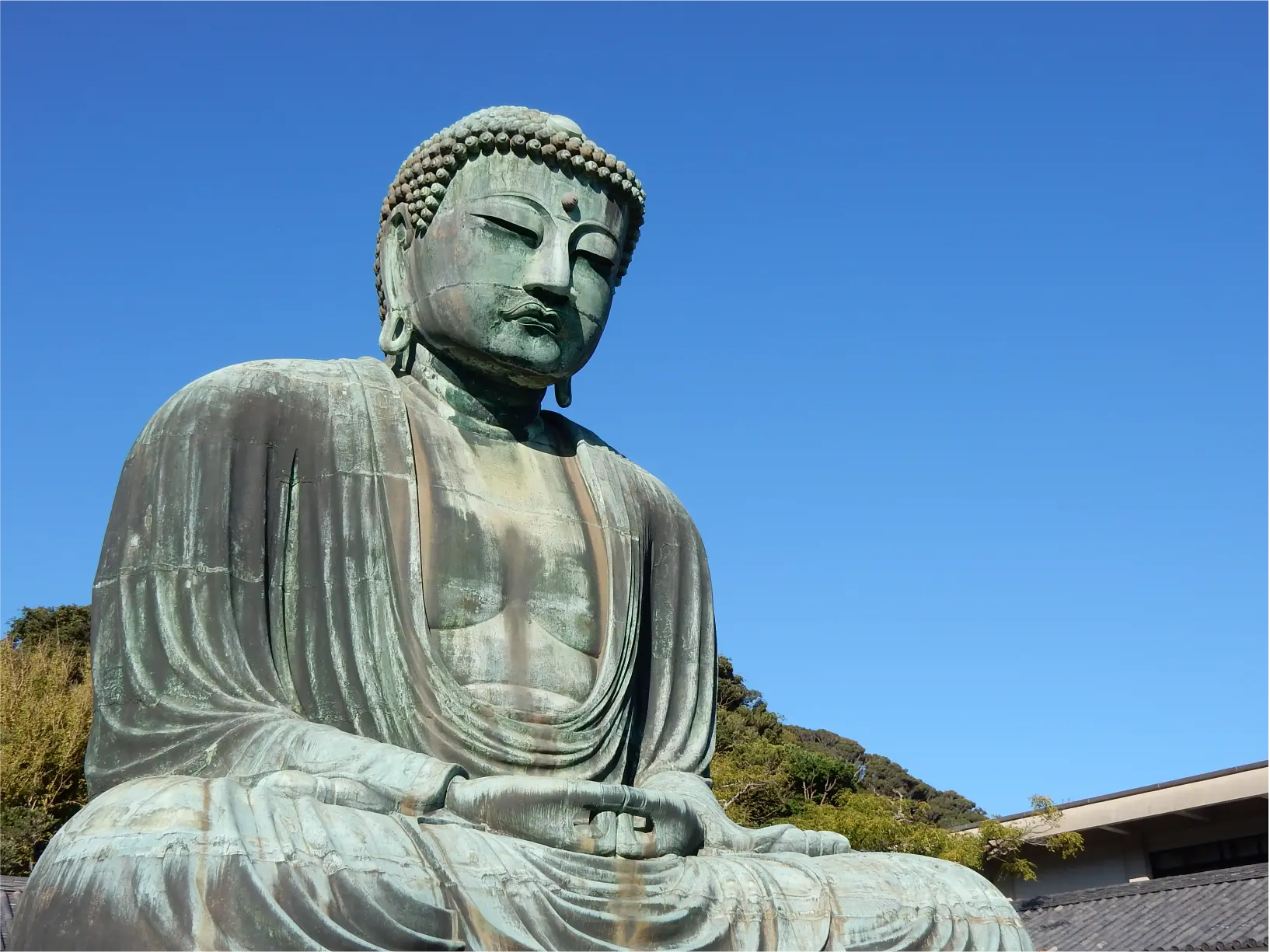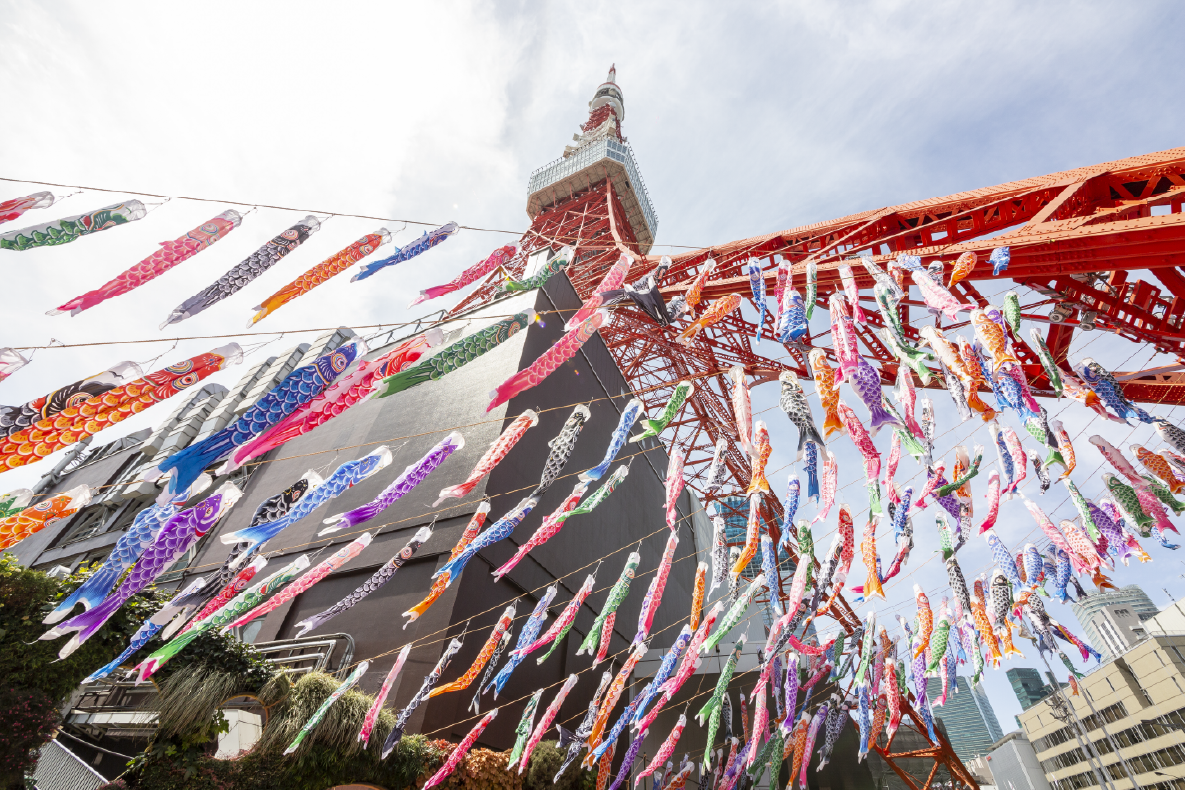Japanese Traditional Crafts|Lacquerware

With its delicate and exquisite expression of craftsmanship, lacquerware is a treasured Japanese traditional craft. Fa-So-La AKIHABARA carries lacquer goods in portable sizes with a variety of gorgeous designs that make perfect souvenirs. We spoke to Kazuya Nakatake of Yamada Heiando, a long-established lacquerware company, about its timeless appeal.
Lacquerware is a traditional Japanese craft in which craftspeople painstakingly plane selected pieces of wood, apply multiple thin layers of lacquer made from tree sap, and then draw or carve delicate patterns onto them. The lacquer is built up over multiple layers, which imbue the finished piece with luster and depth of color, and the use of gold leaf and shell inlay further enhance its glamorous appearance. Here are three reasons we recommend this traditional Japanese craft product as a souvenir. The first reason is simple: its beauty. Lacquerware reflects both the Japanese sense of beauty and masterful craftsmanship, and can hardly fail to beguile the viewer. This beauty is made possible by the exceptional skills of its craftspeople. Lacquerware artisans have had decades of training under their belt when it comes to honing their techniques for applying lacquer, drying it properly, and drawing intricate patterns. “Design is Yamada Heiando's forte. This piece was inspired by the gorgeous aesthetics of the Azuchi-Momoyama period. The plum tree has been drawn with a lively energy, emphasizing the splendid overall effect,” says Nakatake.

This confectionery bowl combines Japanese-style plum blossoms with traditional maki-e techniques. Painting on a round bowl enhances the three-dimensional qualities of the design, as though one were enjoying a real bonsai. Round confectionery bowl with plum blossom maki-e (small) Black/Red / Tax-free price ¥6,000 (Yamada Heiando)
Secondly, lacquerware is easy to use. The base materials for lacquerware include wood, metal and bamboo, which make the final objects light and durable. Lacquer itself is also highly durable, and its surface is not easily damaged even after prolonged use. The more you use it, the more you are likely to appreciate and grow attached to it. "Lacquer is often perceived to be difficult to handle, but this isn't the case. It's durable and can be washed by hand, so it's suitable for daily use," says Nakatake.

Two types of gold "hakeme," or textured combed-line brushstrokes, have been boldly painted here. The fine "hakeme" detailing has been individually brushed on by lacquer artisans on these “tensogebashi,” or chopsticks whose upper tips have been cut off for aesthetics purposes, with gold maki-e. There's a real allure to the lively, dynamic energy that can only be achieved through drawing by hand. Tensogebashi “Ryu-retsu” Black/Red / Tax-free price ¥2,500 (Yamada Heiando)
The third reason is its cultural value. It is believed that lacquerware was already being made in Japan about 9,000 years ago, and during the Kofun period, lacquerware was used as a luxury burial item. During the Heian period, lacquerware was valued as an essential artform in the lives of the court and aristocracy, and many developments were made in the craft at this time. Today, lacquer is used in tableware and tea ceremony utensils, as well as interior goods and accessories. Another of its charms is that many of the motifs used are considered auspicious. “In addition to Mt. Fuji, there are many traditional Japanese motifs such as pine, bamboo, and plum, which are believed to bring good luck,” says Nakatake.

The charm of this piece is its fine linework and the delicacy expressed by the "chinkin," or "sunken gold," technique, in which lines and dots are incised into a lacquered surface, urushi lacquer is applied on these incised lines and dots, and then gold leaf or fine gold powder is inlaid into these lines and dots. The image is of Mt. Fuji, the subject of countless paintings and writings due to its beauty and majesty. Decorative plate “Mt. Fuji and Pine Tree” / Tax-free price ¥15,000 (Yamada Heiando)
Yamada Heiando's lacquerware sold at Fa-So-La AKIHABARA features gorgeous designs with motifs of plum blossoms, dynamic dragons, etc., and is decoあrated with gold leaf. Easy to use and beautiful to look at, these traditional handicrafts make stunning, memorable souvenirs. They're sure to delight everyone.

Kazuya Nakatake, Director, Yamada Heiando International
(Information as of April 2023)



